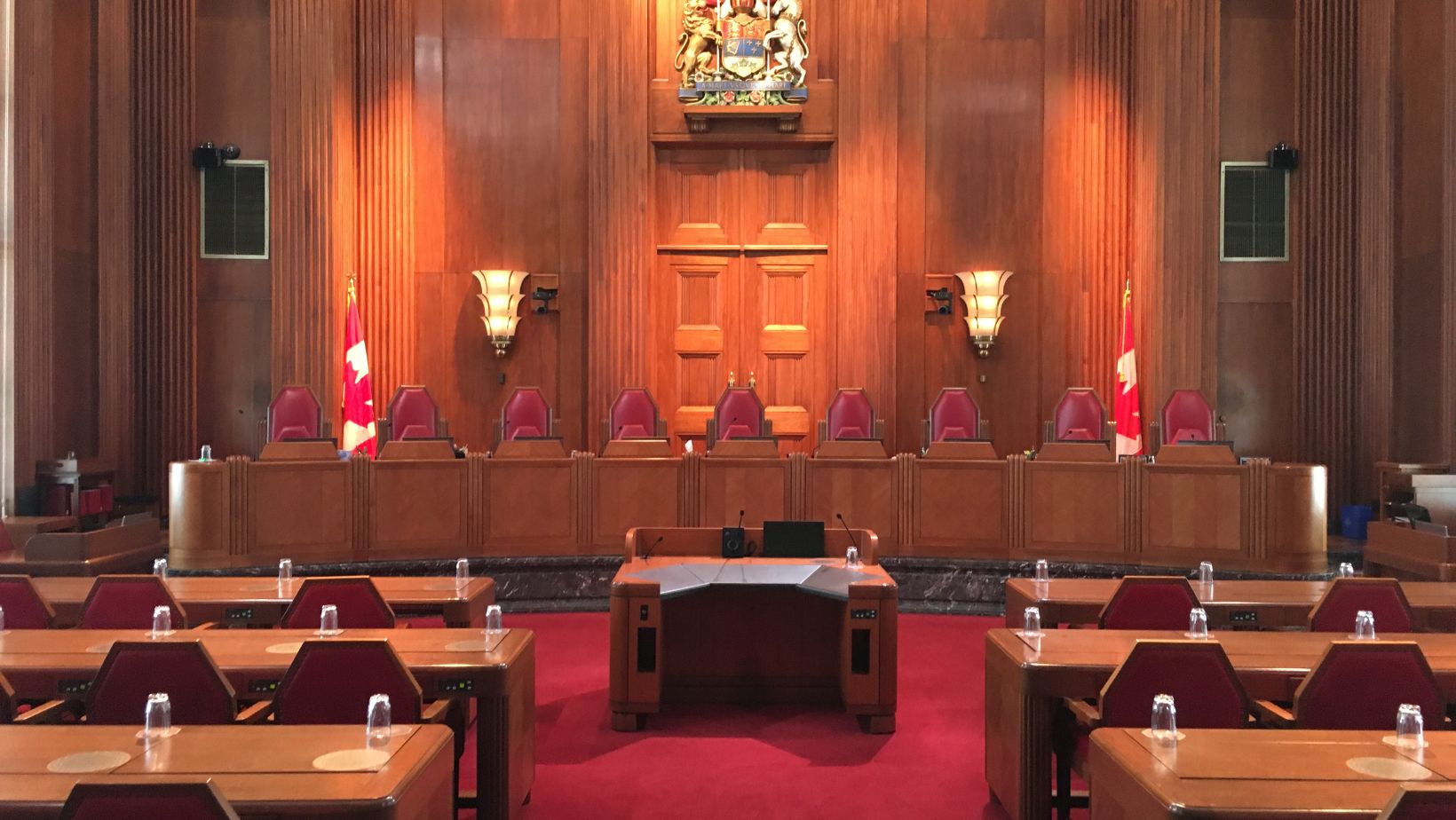How Are State and Federal Appellate Courts Similar?
State and federal appellate courts share several similarities in their structure and functioning. Both types of courts serve as higher-level courts that review decisions made by lower trial courts. This means that when a party is dissatisfied with the outcome of a case at the trial court level, they can appeal to either the state or federal appellate court to seek a review of the decision.
Another similarity between state and federal appellate courts is their focus on legal errors rather than re-examining factual evidence. Appellate courts do not conduct new trials or hear witness testimony; instead, they review the record from the lower court to determine if any errors were made during the application or interpretation of law. This ensures consistency in legal principles and promotes fairness in the justice system.
Additionally, both state and federal appellate courts follow a hierarchical structure with multiple levels. In most cases, there are intermediate appellate courts that handle initial appeals before cases can be further appealed to the highest appellate court within each jurisdiction. This tiered system allows for a more efficient distribution of caseloads and helps ensure that all parties have access to a fair review process.
State and Federal Appellate Courts: An Overview
Structure of State Appellate Courts
State appellate courts play a crucial role in the judicial system, providing an avenue for individuals to seek review of decisions made by lower courts. The structure of state appellate courts varies across jurisdictions, but they generally consist of multiple levels. At the highest level are the state supreme courts, which have the final say on matters of state law.
Below the state supreme court, there are intermediate appellate courts in some states. These intermediate courts serve as an intermediate step between trial courts and the state supreme court. However, it’s important to note that not all states have this intermediate level, with some relying solely on their supreme court for appellate review.
Structure of Federal Appellate Courts
Similar to their state counterparts, federal appellate courts exist at both regional and national levels in order to handle appeals arising from lower federal district courts. The United States is divided into twelve regional circuits plus one District of Columbia Circuit for purposes of federal appellate jurisdiction.
Each circuit has its own Court of Appeals that hears cases within its geographic boundaries. These Courts of Appeals are responsible for reviewing decisions made by federal district courts within their respective circuits. Atop the federal judiciary sits the Supreme Court—the highest judicial authority in the land—responsible for interpreting constitutional issues and resolving conflicts among different circuit interpretations.

Reviewing Decisions: How State and Federal Appellate Courts Handle Appeals
When it comes to reviewing decisions, state and federal appellate courts follow similar procedures. In this section, I’ll outline how these two types of courts handle appeals and provide a brief overview of the key similarities.
- Filing the Notice of Appeal:
- Both state and federal appellate courts require parties seeking review to file a formal notice of appeal.
- This document notifies the court and other parties involved that a party intends to challenge the lower court’s decision.
- Record Compilation:
- After filing the notice of appeal, both state and federal appellate courts compile a record from the proceedings in the trial court.
- The record typically includes transcripts of hearings, exhibits admitted into evidence, pleadings, motions, and other relevant documents.
- Briefing Process:
- Once the record is complete, both state and federal appellate courts require appellants (the party challenging the decision) to submit an opening brief.
- The opening brief presents arguments explaining why the lower court made an error or misapplied the law.
- Appellees (the opposing party) then have an opportunity to respond with their own brief outlining counterarguments.
- Oral Arguments:
- State and federal appellate courts may also allow oral arguments where attorneys for both sides present their case before a panel of judges.
- During oral arguments, attorneys have a chance to elaborate on their written briefs, answer questions posed by judges, and address any concerns raised during review.
- Decision Making:
- Finally, after considering all written submissions or oral arguments presented by both parties, state and federal appellate courts issue written opinions explaining their decisions.
It’s important to note that while there are many similarities between state and federal appellate courts in how they handle appeals, there are also some differences in terms of procedural rules and jurisdictional limitations. However, the fundamental goal of both types of courts remains the same: to ensure fair and impartial review of lower court decisions.




